|
Found often in disturbed, waste areas, open prairies, and old fields. Sweet clover is another relic from farms past. Used for its qualities to fix nitrogen in the soil and as a pasture food for grazers.
The yellow variety (Melilotus officinalis) behaves in much the same manner but has an earlier bloom time and the seeds differ slightly. Both of these have been introduced from Eurasia and have become weedy and invasive in many areas. Seeds can remain dormant for many decades waiting for soil to be disturbed. Leaves and flowers are lightly fragrant.
0 Comments
One of the few native summer wildflowers that can be found in the forest after the trees have filled out. Hanging low, enjoying dappled light, these small flowers grow into the tiny little round brown fuzzy seed pods that get all over your dog and/or pants that you must pick off one by one.
"This is a highly variable genus and many species occur in North America, of which some are native and some are introduced from Europe. YELLOW HAWKWEED, ORANGE HAWKWEED and MOUSEEAR HAWKWEED are introduced species. Since their introduction, these hawkweeds have spread throughout the eastern half of the U.S. They have become especially troublesome in the northcentral U.S. They generally occur in undisturbed locations, such as lawns, fields, pastures and roadsides. YELLOW and ORANGE HAWKWEED are abundant in the eastern half of Ohio, while MOUSE-EAR HAWKWEED occurs sparsely in the northeastern corner of the state. Hawkweeds mainly grow in shallow, sandy or gravelly soils and prefer slightly acidic conditions.
The common name 'hawkweed' and the Latin name Hieracium (hierax means 'hawk') originated from a folk tale that hawks ate different parts of the plant to improve their eyesight. As a result, hawkweeds have also been called hawkbits and speerhawks.
Blue Vervain, a candelabra in the meadow.
This native perennial wildflower can grow in disturbed sites and is often found in meadows, thickets, and pastures, as well as riversides, marshes, ditches, and river-bottom prairies. It prefers moist conditions and full to partial sun. It has been used regularly as a medicinal plant helping to soothe depression, fight insomnia, treat fevers, coughs, cramps, and headaches. Externally it's used for acne, ulcers, and cuts. Supplements can be found at health food stores. (Warning: Blue vervain can interfere with blood pressure medication and hormone therapy. Large doses will induce vomiting and diarrhea. ) Blue Vervain is also very important to wildlife: to butterflies as it's the larval host plant to the common Buckeye butterfly, birds will eat the seeds of the plant, a wide variety of bees enjoy the flowers in the summer. Growing along roadsides and waste areas, Chicory adds a bright blue pop to the vacant green areas. Yes, it's another one of those non-native invasive plants (they do so well growing in the worst of places). And with most of these plants, it comes with a laundry list of things it can be used for.
The leaves and roots are edible, the flower is edible too but is claimed to be quite bitter. Leaves should be blanched before consumed. The roots, now this is where it gets interesting, you've probably consumed Chicory already without knowing it! Chicory has been used as far back as 1000 years ago in Ancient Egypt as a medicine for everything from gout to stomachache to cancer. It was brought into the spotlight once again in the 1800s when a Napoleon ruled France could not get coffee imports, so the chicory root, dried and roasted made for an excellent coffee substitute and to extend the remaining coffee - flavor wise that is, it contains no caffeine. It was then brought to Louisiana and is still used in some cafes. Today is is still used as a caffeine free substitute for coffee as well as flavoring in beers to give a 'hearty earthy' taste. Folklore surrounds this plant supposing it has magical qualities, including that of invisibility. It has been said that the chicory could be used to open a locked chest, but only on St. James's Day - July 25th (yep that's today!). This method involved holding a gold knife and chicory leaves against the lock, but only in total silence - pain or death would follow if a word was spoken. Early American settlers would carry a piece of chicory for good luck. A non-native invasive species, brought from Europe possibly for use in making textiles - using the dried flower head to tease wool.
It can be found in fields, ditches, along railroad tracks, and other waste areas preferring moist soils. One flower head of a teasel can release around 3300 seeds - just one! Another in the pea family - the bird's-foot trefoil can also be found along roadsides to control wind and water erosion as well as in fields as green chop, hay, and pasture. A great food for the Canada goose, deer, and elk. Pheasants and other birds use this as cover.
Introduced from Europe, this plant has naturalized across the US. Found in bright sunny open areas, in everything from clay to loamy soil - especially waste areas (roadsides) Crown Vetch is a newbie to our area being introduced in the 1950s as a ground cover used to prevent soil erosion. It can now be found in 47 of the lower 48 states (somehow North Dakota missed this trend). Its beautiful pinkish purple flowerheads growing along the trailing stems, lined with 6inch pinnules dotted with small leaflets makes it very apparent that this is of the pea family. Fruiting pods are not edible.
The plant itself, when in bloom, is often browsed by cattle and deer and makes for a good hay (although it takes much longer to dry than traditional hay). Yarrow is considered to be a native species, although varieties have been introduced and hybridized, found in sunny to partially sunny open areas in dry soil. Our native species consists mainly of tiny white flowers but some pale pink varieties occur in the wild.
The gentle fern-like leaves, and delicate flowers, and unique scent have made this a favorite in flower arrangements. Varieties of yarrow in bright, bold, and pastel colors can be found in domesticated gardens. Medicinally this is an important herb, the leaves providing relief from burns and rashes when crushed and made into a poultice. Dried leaves were brewed as a tea to soothe colds, fever, and headache. A beer brewed with yarrow has been popular in Europe since the Middle Ages. The Chinese considered the yarrow plant to be good luck. Also known as Sundrops, the native Narrowleaf Evening Primrose brings a bright yellow pop to meadows and native plant gardens. They enjoy lots of sun and wet but well draining soil.
Although evening is in their name, they bloom in the morning - blooms lasting a few days. Native Americans once used this plant for a variety of ailments - weight loss, upset stomach, hemorrhoids, and to treat bruises. A compound found in the seeds is showing promise in treating breast cancer. Often found in woodlands, shaded waste areas, and thickets, white avens can be distinguished by the five white petals separated by the green triangular sepals. This plant can grow to around 2 - 2.5 feet high, changing dramatically as it grows. In the winter it grows as a basal rosette of odd-pinnate leaves with a green, but sometimes purplish hue. This is one of the first plants you may notice in the forest after the snows melt, however, it will not grow tall and bloom until June/July. As it grows the color and leaf structure changes, upper stem is a light green, leaves begin to resemble those of strawberry leaves - trifoliate alternate cauline leaves (see image below). As the plant matures the flower is replaced by a round cluster of "achenes with persistent styles that are hooked at their tips" - round groups of seedpods with hooks at the tips that will grab onto your clothing, pets, wildlife, and spread! White avens are probably the most common in our area, but there are a few other varieties - Rough Avens looks quite similar but the petals of its flowers are shorter than the sepals as well as the flowering stalks on the white avens are finely pubescent, the rough avens have coarse spreading hairs. There is also a yellow variety in our area as well. As with many plants medicinal and superstitious qualities are abound. The root of the White Avens has been used in Europe and England for a variety of purposes. It is said to have a clove-like flavor/scent. The root was to be dug up in the spring, and the old physicians were so particular that they marked March 25th as the day to dig the root (specifically only if the soil was dry). The root has been used as an astringent, antiseptic, tonic, and other medicinal purposes. In the earlier days, however, it was used to flavor ale and to put among linen to protect from moths (think moth balls). Boiling the roots in wine was used as a cordial against the plague and was said to "heal stomach ills and bites from venomous beasts". A fantastic image showing the journey from the winter rosette to the summer pubescent leaves. Sourced from ANPS.org
Vogelpohl, Sid "Know Your Natives - White avens" ANPS.org https://anps.org/2016/01/15/know-your-natives-white-avens/ [Jan 15, 2016] This native perennial grows 2-4ft tall on a mostly unbranched stalk - branched near the apex. Gray-ish blue/green leaves. Tolerates a variety of growing conditions, but semi sunny with dry soil is preferred. Three petals, six yellow anthers, and a cluster of fine fibers near the base (bee belly ticklers - I joke) make up the flower.
On bright sunny days the flowers will bloom in the morning, then close in the hot afternoon. They will stay open longer on cloudy days. These are a great source of food for long-tongued bees, and deer have been known to eat the greens. Makes a great addition to native wildflower gardens. |
AboutSince 2015 we have been exploring and sharing all the amazing things we’ve found in nature. AuthorEmily is an Ohio Certified Volunteer Naturalist who is most often found out in the woods. Archives
March 2024
Categories
All
|
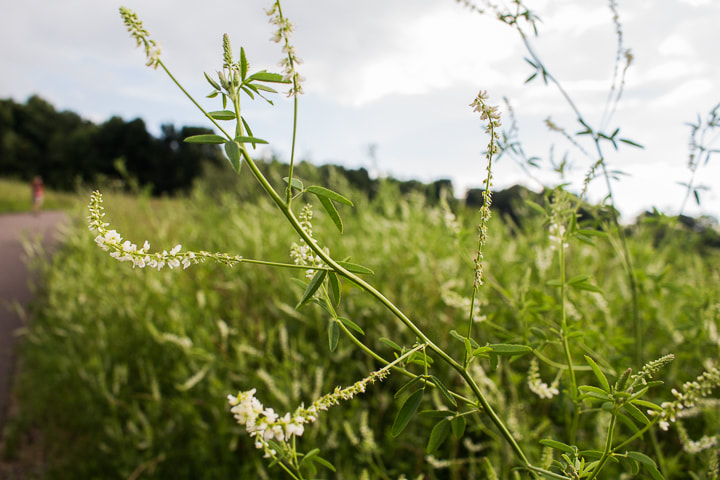
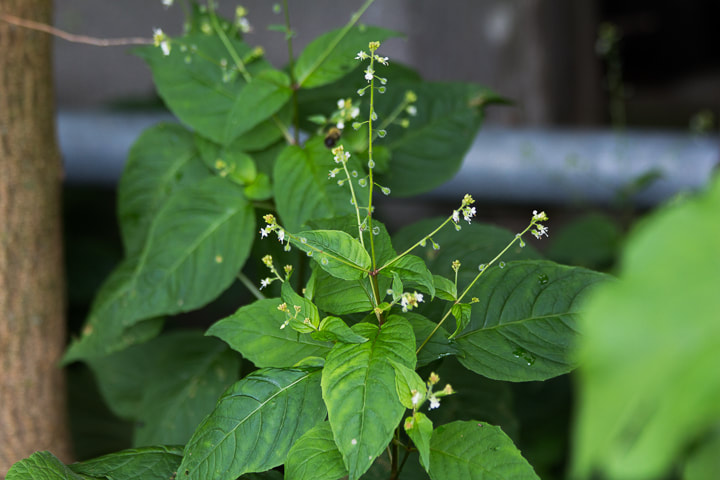
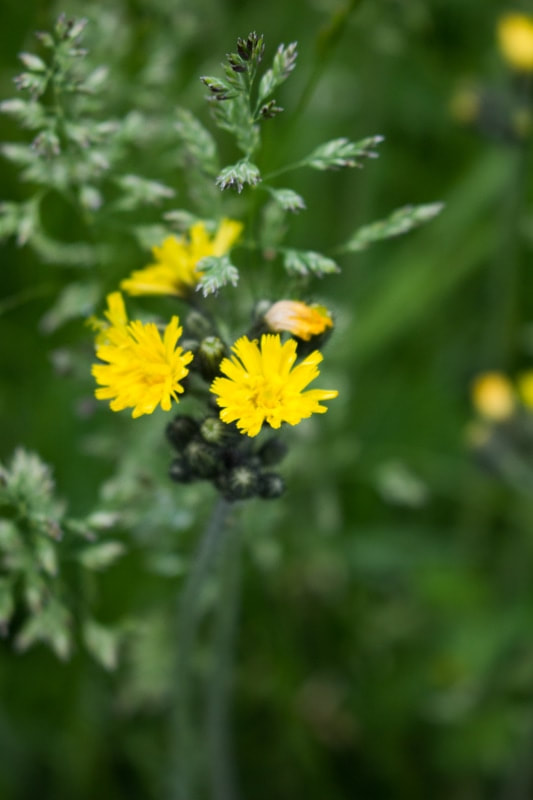
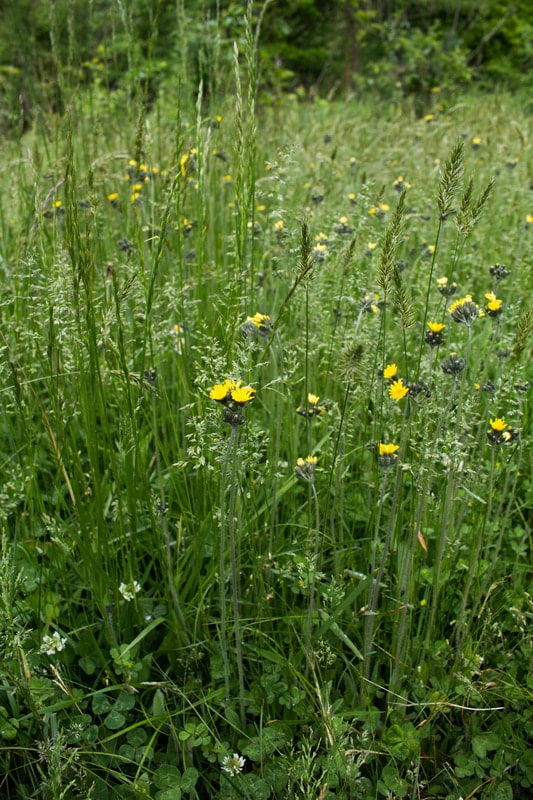

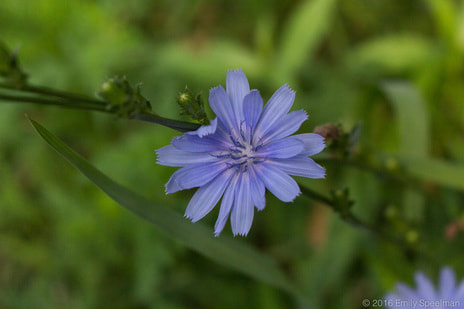
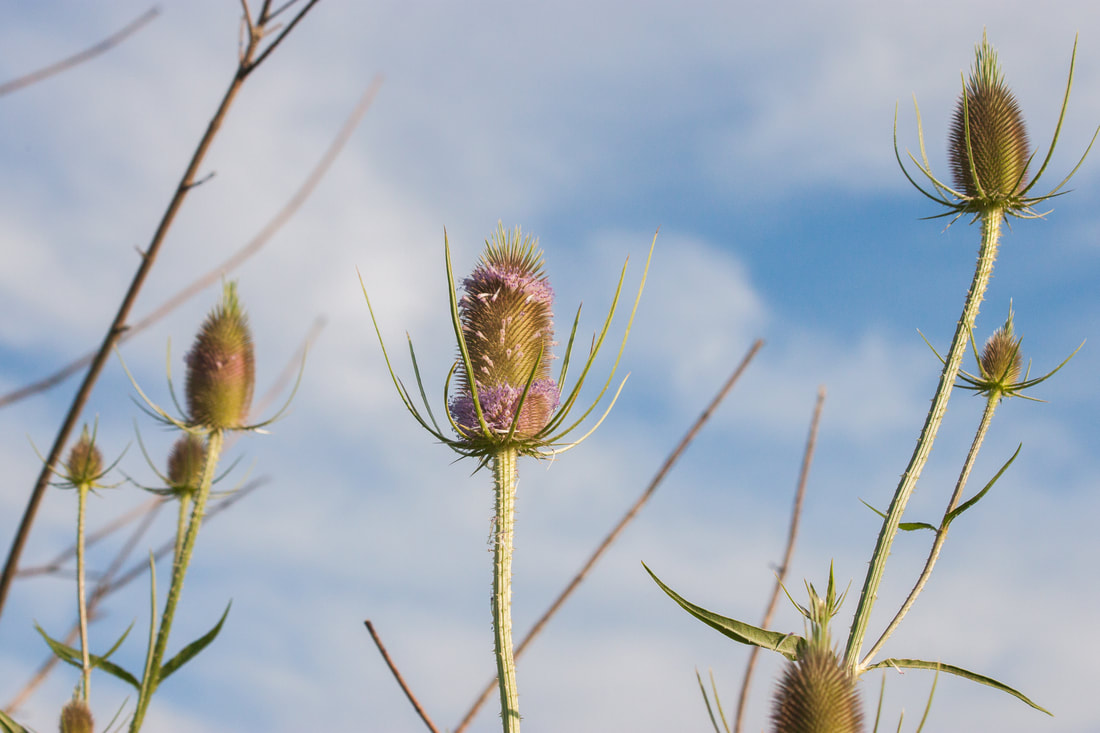
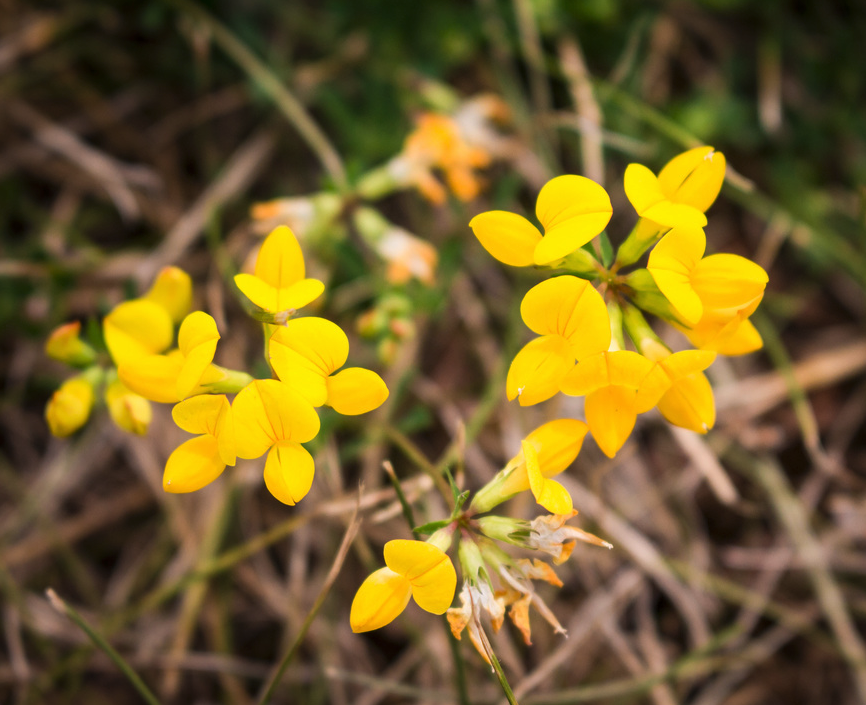


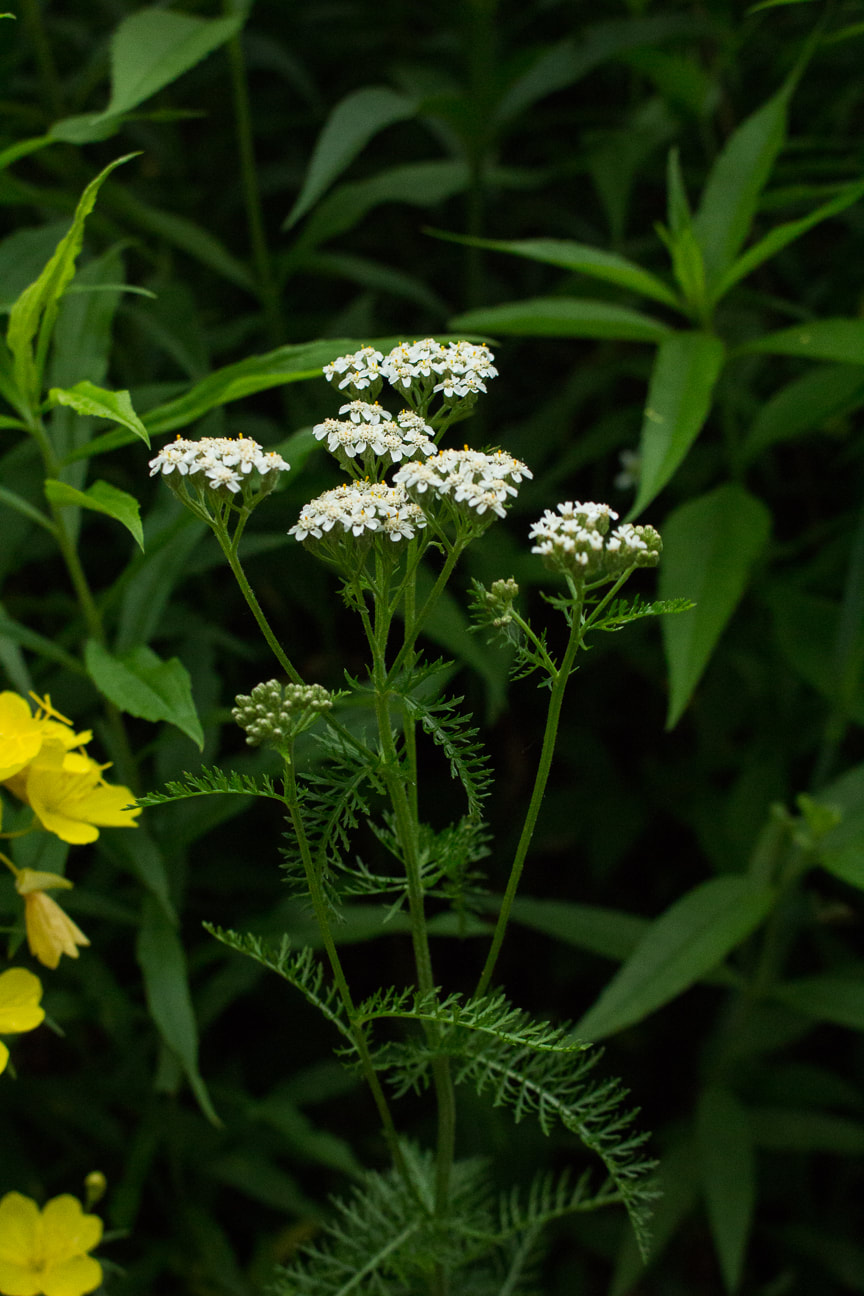
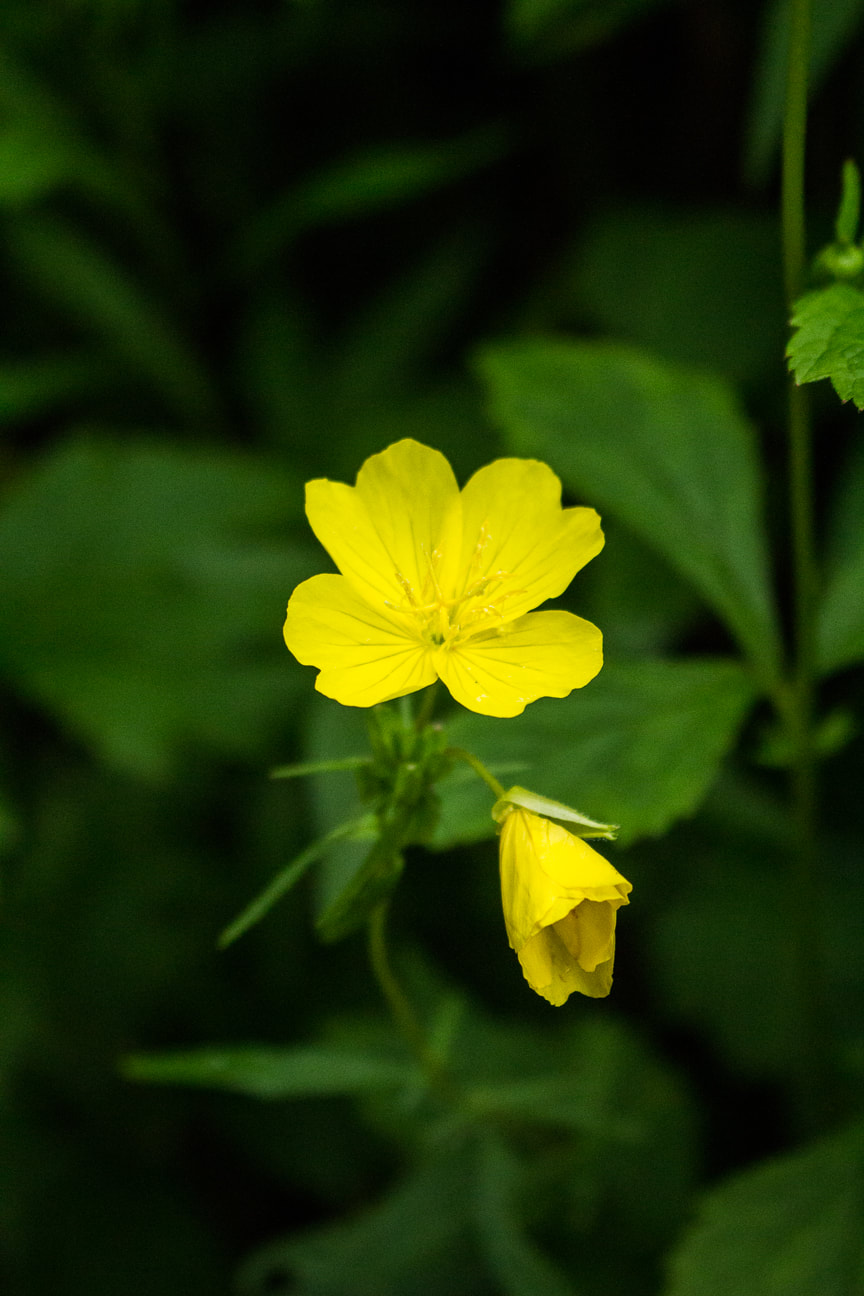



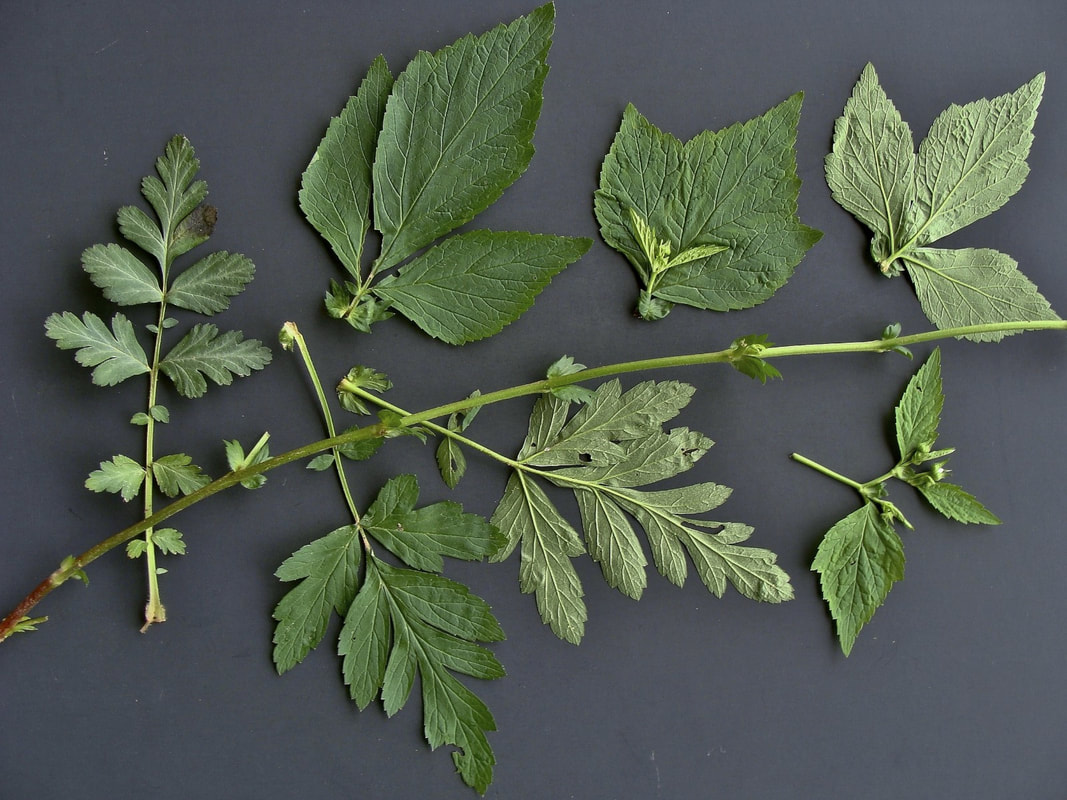
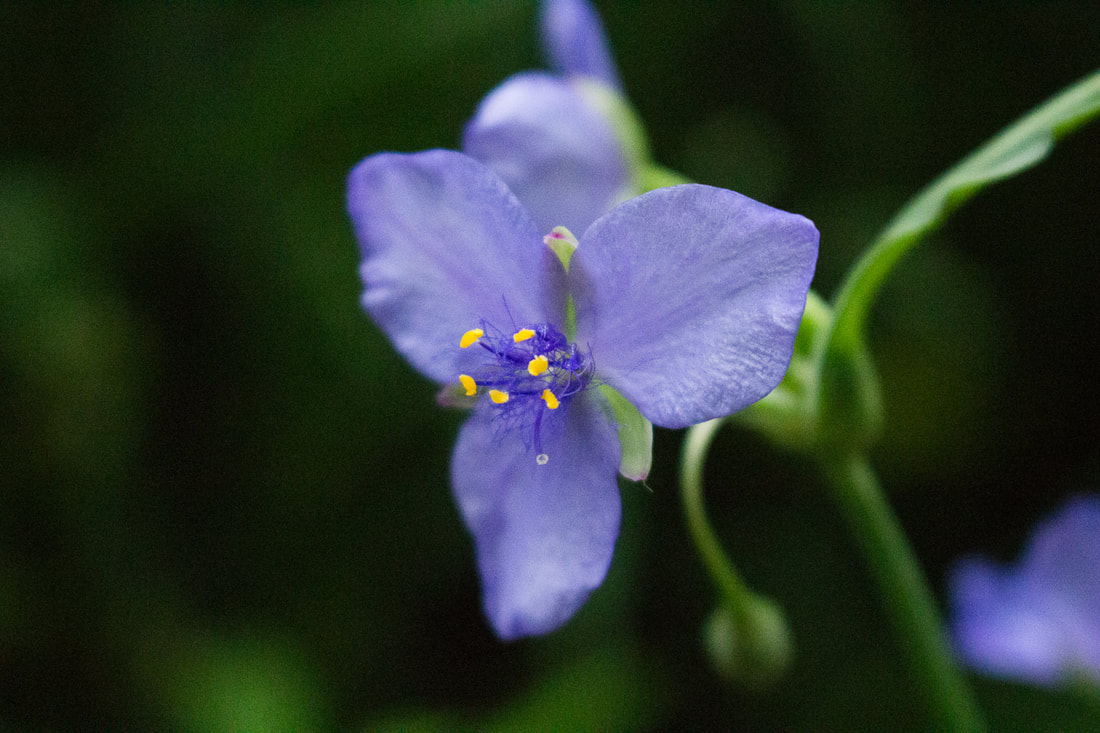

 RSS Feed
RSS Feed